
Introduction
The pace of Google’s algorithm changes is accelerating in 2025. With two major core updates already this year—March and June—brands face higher stakes for visibility and trust. Here’s your strategic guide to not only surviving, but thriving through these seismic shifts.
Below, we mentioned the latest changes in Google Algorithm in 2025 and provide actionable steps to dominate search rankings in 2025 and beyond.
Google Algorithm Updates: The 2025 Landscape
Google has rolled out several significant updates in 2024, with more expected in 2025. These updates focus on improving user experience, enhancing content quality, and leveraging AI-driven technologies.
March 2025 Core Update: Key Impacts
Rollout Timeline: March 13–27, 2025 (14 days).
Volatility: Tools like Semrush reported a 63% spike in SERP fluctuations, surpassing even the December 2024 update.
March 2025 Update: Winners & Losers By Industry
| Industry | Winners | Losers | Takeaway |
| Forums | Reddit (+22% visibility) | DIYChatroom (-70% traffic) | Prioritize authentic user discussions over keyword-stuffed threads. |
| E-commerce | Uniqlo (+76% visibility) | Bluettipower.com (-55%) | Thin, programmatic product pages are penalized. |
| Government | USA.gov (+34%) | HMRC.gov.uk (-52%) | Trustworthiness and HTTPS security are non-negotiable. |
Actionable Insights
-
Focus on authentic user content, not keyword stuffing.
-
Avoid thin or auto-generated product pages.
-
Ensure site security and trust signals (like HTTPS).
Google’s Guidance:
- “Focus on satisfying page experiences, not just recovery.”
- Sites with outdated content (pre-2023) saw irreversible drops, even with strong backlinks.
June 2025 Core Update: What You Need to Know
Google’s June 2025 Core Update officially rolled out from June 30 to July 17, 2025, making it the second major core update this year.
-
Rollout dates: June 30–July 17, 2025
-
Duration: About 3 weeks
-
Focus: Ongoing improvements to search quality and relevance
June 2025 Update: Winners & Losers By Industry
| Industry/Product Type | Winners | Losers |
|---|---|---|
| Arts & Entertainment / Informational | YouTube, Wikipedia, Letterboxd | Magazine-style news publishers struggling under AI Overviews |
| Health, Finance, News | Trusted expert and authoritative sites | Thin informational sites, general news or publisher sites |
| E-commerce & Shopping | Macy’s, other ecommerce with rich content | Amazon, eBay, Nordstrom, Target with poor content depth |
Early Observations and Impact:
Industry trackers noticed high volatility in sectors such as health, finance, and e-commerce. Numerous sites experienced rank fluctuations, especially those with stale or thin content. Early winners were sites with high topical authority and recent, well-sourced information.
Key Takeaways
-
Authoritative content wins: Expert-led, well-sourced pages gained the most.
-
Thin content lost visibility: Especially in health, finance, and e-commerce.
-
AI Overviews reduced clicks: Informational sites saw traffic drops.
-
Previously hit sites recovered: Quality improvements led to ranking boosts.
Notable industry commentary:
“This update underlines the growing gap between websites that invest in comprehensive, expert-driven content and those that neglect ongoing quality.”
— Industry SEO expert
Core Web Vitals in 2025: The User Experience Mandate
What are Core Web Vitals?
Core Web Vitals are Google’s way of checking how well a website performs for users. They measure how fast a page loads, how smoothly it responds, and how stable it looks while loading. A better score means a better user experience and higher chances of ranking well on Google.
What are the 3 pillars of Core Web Vitals?
LCP (Largest Contentful Paint): Measures how quickly the main content of a page loads, giving you an idea of the site’s speed.
FID (First Input Delay): Tracks the time it takes for your site to respond when a user first interacts with it, indicating its interactivity.
CLS (Cumulative Layout Shift): Assesses the visual stability of your page, ensuring elements don’t unexpectedly shift during loading.
Google now prioritizes user experience metrics over generic content quality.
How to optimize Core Web Vitals?
| Metric | Target | Optimization Strategy |
| LCP | <2.5 seconds | Use WebP images + CDNs (e.g., Cloudflare). |
| FID | <100 ms | Defer non-critical JavaScript. |
| CLS | ≤0.1 | Define image/video dimensions upfront. |
Actionable Steps to Improve Core Web Vitals:
- Optimize images and use next-gen formats like WebP.
- Implement lazy loading for faster page speed.
- Use a Content Delivery Network (CDN) to enhance site performance.
- Minimize JavaScript execution to reduce First Input Delay (FID).
Case Study: A travel blog improved LCP from 4.1s to 1.9s using lazy loading and AMP, resulting in a 48% traffic boost post-update.
Pro Tip: Test your site’s performance with PageSpeed Insights and prioritize fixes flagged as “Critical”.
E-E-A-T: Authority & Trust in Modern SEO
What is E-E-A-T?
E-E-A-T stands for Experience, Expertise, Authoritativeness, and Trustworthiness. It’s Google’s way of judging content quality.
How Google’s Updates Raised the Bar?
Google’s March update penalized 87% of YMYL sites lacking first-hand expertise.
87% of YMYL (Your Money Your Life) sites that improved content quality, trust signals, and expertise saw better rankings. This shows Google now expects highly reliable information, especially in areas like health and finance.
Quick Action Framework
-
Experience: Share real-life use, results, or hands-on knowledge.
- What to do: Show you’ve actually used or done what you’re talking about.
- Example: A skincare blogger posts before-and-after photos using a product over 30 days.
-
Expertise: Content should be written or reviewed by subject experts.
- What to do: Make sure content is created or reviewed by someone with proven knowledge.
- Example: A diet article written by a certified nutritionist or registered dietitian.
-
Authoritativeness: Build trust by getting mentions from other trusted sources.
- What to do: Get backlinks, mentions, or features from trusted industry sources.
- Example: A tech blog cited by Wired or featured in Google News.
-
Trust: Ensure accuracy, transparency, and secure user experience (like HTTPS).
- What to do: Be transparent, accurate, and secure. Use HTTPS and list authors clearly.
- Example: A finance website with clear author bios, contact info, and no clickbait.
Do you Know?
A mental health site saw a 120% traffic increase after adding therapist credentials and client success stories.
Zero-Click & Voice Search: SEO Is Changing
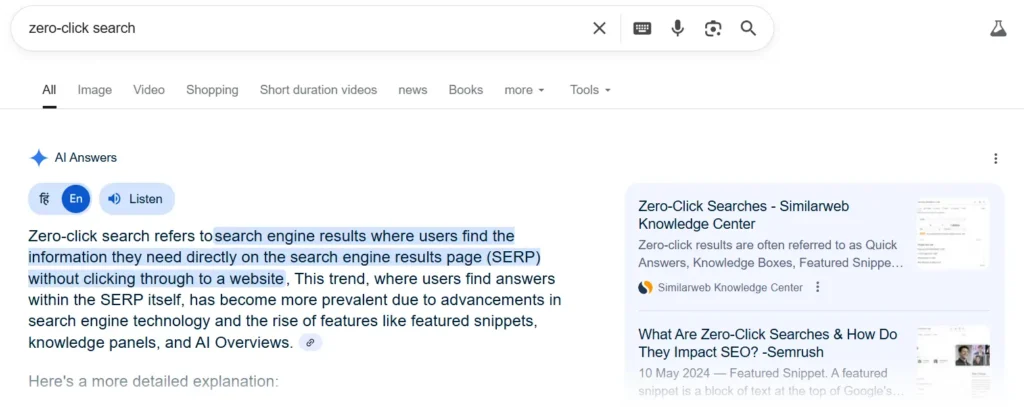
What is Zero-Click Search?
Zero-click search means the user gets the answer directly on the search results page—so they don’t need to click on any website.
Example: You Google “weather in India” and see the forecast right at the top—no click needed.
2025’s AI Search Shifts
- Zero-Click Searches: 65% of queries now answer directly on SERPs.
- Multimodal Queries: 40% of Gen Z uses image/voice search for shopping.
Optimization Tactics:
- For AI Answers: Structure content into Q&A snippets (e.g., “How to fix {problem} in 5 steps”).
- For Voice Search: Target long-tail keywords like “Where’s the nearest vegan restaurant open now?”
- Tools: Use SurferSEO’s NLP analysis or ChatGPT for semantic keyword clustering.
Tips: Structuring answers for featured snippets and voice intent.
To understand the growing role of artificial intelligence in marketing, explore How AI is Revolutionizing Content Creation and its impact on digital strategies.
Timeline of Google Core Updates (2023–2025)
From 2023 to 2025, Google’s core updates have increasingly focused on quality signals like E-E-A-T, content authenticity, and topical authority. Each update progressively raised the bar for trustworthy, expert-driven, and up-to-date content.
| Update | Start Date | End Date | Major Focus |
|---|---|---|---|
| March 2023 Core Update | Mar 15 | Mar 28 | Broad relevance, E-E-A-T |
| August 2023 Core Update | Aug 22 | Sep 7 | Content authenticity, user trust |
| March 2024 Core Update | Mar 5 | Apr 6 | Link spam demotion, helpful content |
| June 2025 Core Update | Jun 30 | Jul 17 | Topical authority, update freshness, volatility |
For a full historical list, see Google’s official search update page.
Post-Update SEO Recovery Checklist
1. Evaluate the Drop
Check which pages or keywords lost traffic or rankings after the update.
2. Analyze Content Quality
Make sure your content is original, useful, and written with real expertise.
3. Improve E-E-A-T
Build Experience, Expertise, Authoritativeness, and Trust through better authorship, clear sourcing, and accurate information.
4. Strengthen Internal Linking
Use smart internal links to guide users and help Google understand your site’s structure and topic depth.
5. Update Regularly
Keep content fresh and relevant — remove outdated info and add new insights to match current trends.
Google’s Official Guidance on Core Updates
Google emphasizes there are no specific actions to “fix” a core update impact. Instead, they advise:
-
Build content for people first, not algorithms.
-
Focus on content that is helpful, authoritative, and original.
-
Address Google’s self-assessment questions for content quality, e.g.:
-
Does your content provide substantial value compared to others?
-
Is it trustworthy, evidence-based, and up to date?
-
Would a reader leave feeling they learned something?
-
Remember:
Improvements may not recover rankings until the next core update—consistency and quality win long term.
Conclusion & Next Steps
Search is evolving fast. Stay ahead by focusing on quality content, great user experience, and keeping up with Google’s updates.
Your 3 Action Steps:
-
Refresh content: Make it helpful and show expertise.
-
Boost site speed: Improve loading and mobile performance.
-
Monitor rankings: Fix pages that drop.
Google’s 2025 updates highlight the need for strong technical SEO and long-term innovation (AI, privacy, sustainability).
Want hands-on tips? Join the Digital Marketing Conference Dubai 2025 for expert strategies.

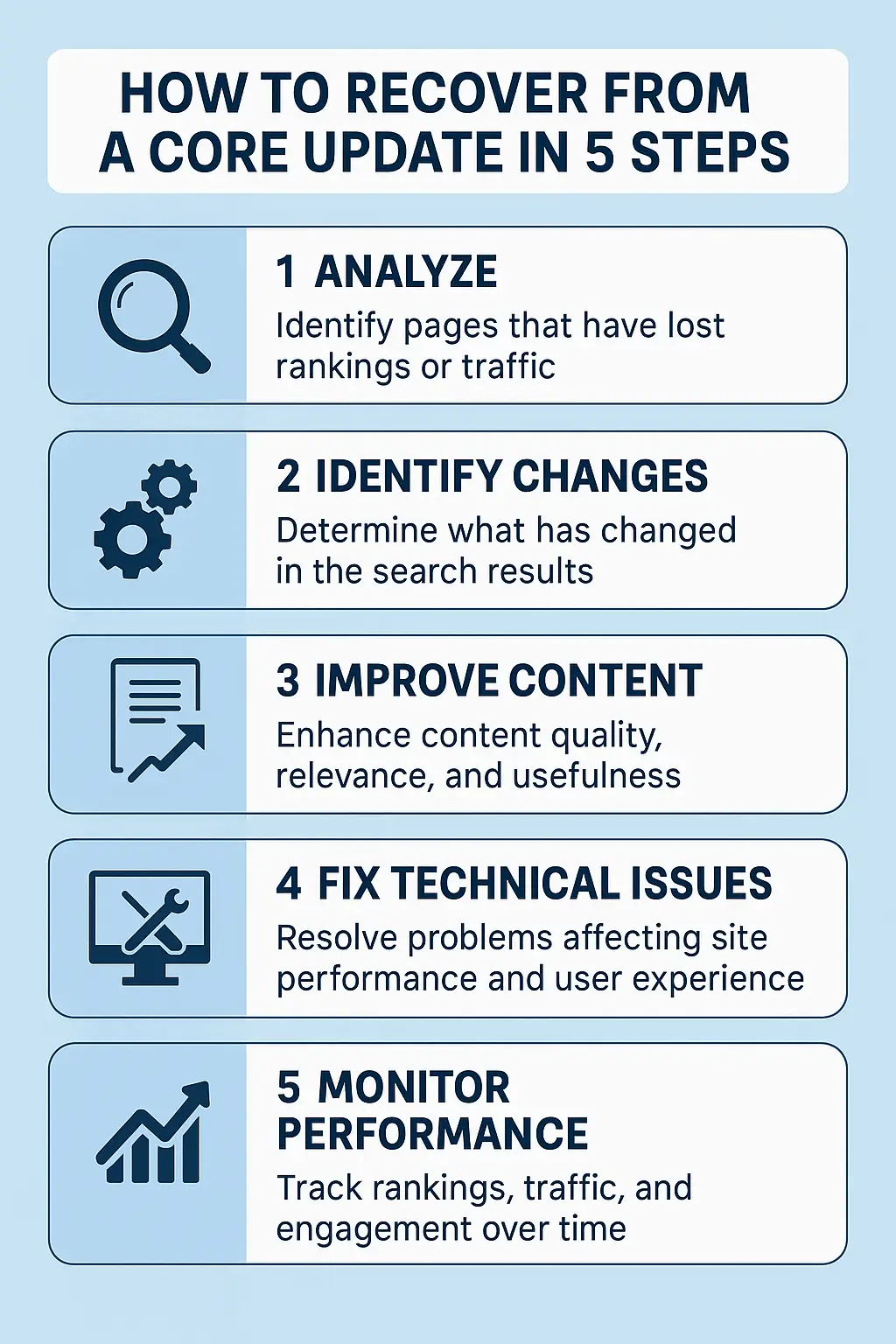
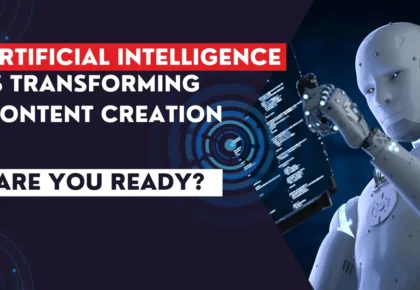

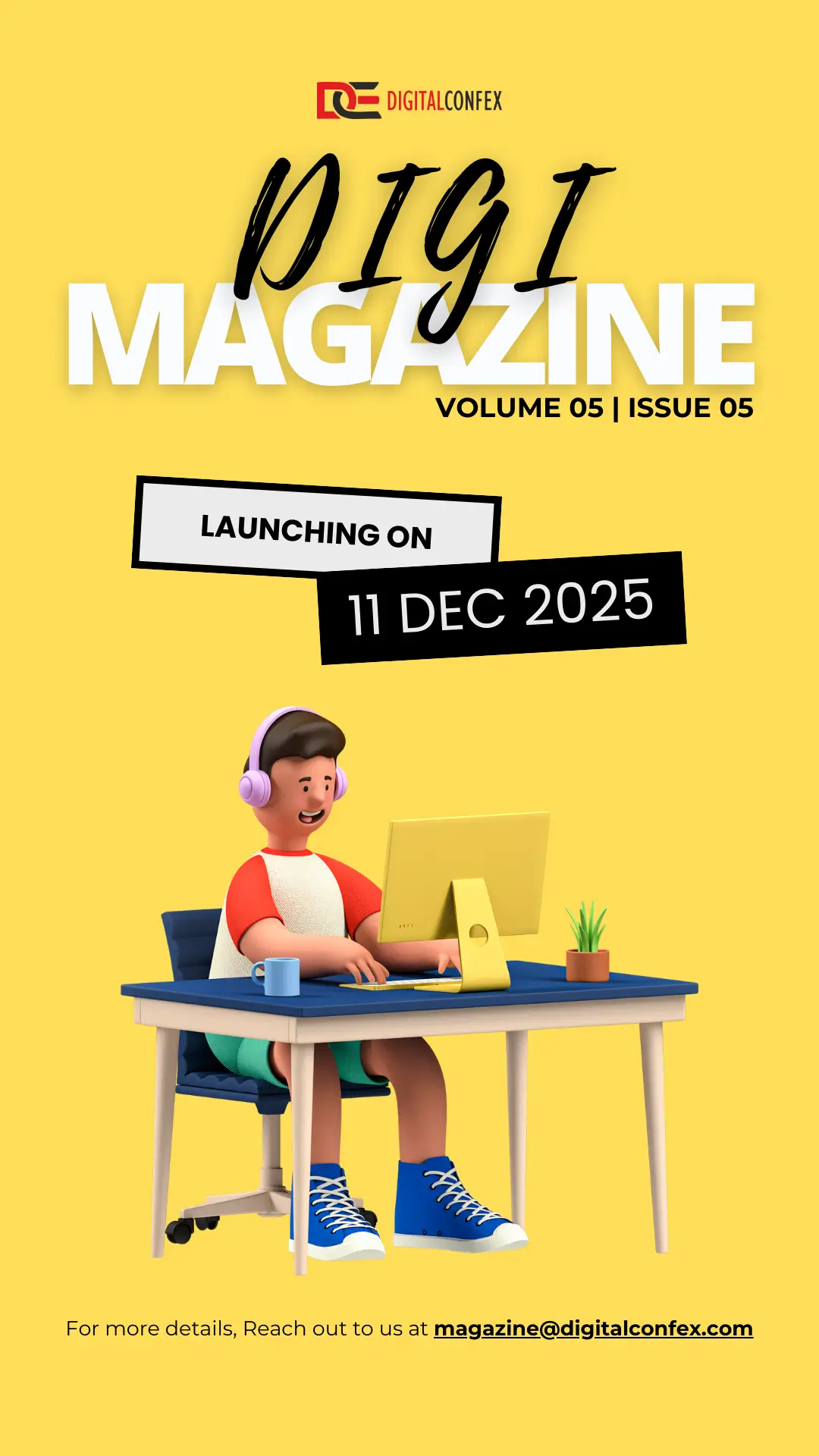


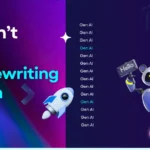

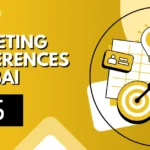

This post is extremely radiant. I extremely like this post. It is outstanding among other posts I’ve read in quite a while. Much obliged for this better-than-average post. I truly value it!
Hi there, I want to subscribe for this webpage to take newest updates,
so where can i do it please help.
7. E-E-A-T (Experience, Expertise, Authoritativeness, Trustworthiness) Remains Central Google continues to reward content that demonstrates expertise and trustworthiness, especially in sensitive verticals like health, education, and news. Building a strong brand and author profiles is more important than ever. (Digital Confex)
Recent updates have prioritized.
Ahead to 2025, Google’s algorithm tweaks continue to reshape strategies. A deep dive in Digital Confex points to seven key changes, including tighter AI content scrutiny and Core Web Vitals emphasis.
How did you make your blog look this awesome!?
Email me if you can and share your wisdom. Id be thankful!
It’s really a great and useful piece of info. I’m satisfied that you shared this helpful info with us. Please keep us up to date like this. Thanks for sharing.
Great article — thanks for explaining the major shifts in Google’s 2025 algorithm! I especially noticed how the emphasis on E-E-A-T and Core Web Vitals is more intense than ever.